The Cat Coat Color Conundrum

“Do you have any orange cats?”. It was one of the questions I got asked on an almost daily basis when working at a cat rescue shelter. Orange cats typically got adopted very quickly, so it was rare for there to be any available. I often suggested that prospective new cat owners take a look at some of our friendly black cats instead, but the answer was all too often a resounding “No thanks”.
One thing I learned fast in the rehoming business is that many people feel quite strongly about owning a cat of a particular color. Maybe their last cat had been a tabby, so they wanted another tabby. Or not having a cat of a certain color, based upon things they had heard or their earlier experiences with cats.
I delve into the myriad associations with different cat coat colors that have gained ground over the years in my new book, “The Hidden Language of Cats – How They Have Us at Meow”.
Orange cats seem to be universally loved – often described as friendly, goofy, charming or charismatic. Take the likes of Garfield, Crookshanks (Hermione’s cat in Harry Potter), Bob (from a street cat named Bob) , Puss in Boots (from Shrek 2) and “Cat” (Breakfast at Tiffany’s), to name but a few. Tortoiseshell and calico cats, on the other hand, despite their seemingly endless combinations of gorgeous colors and patterns, have a far less glowing reputation, and are frequently referred to as “naughty torties” or accused of having “tortie-tude”.
Of all the various coat colors, black cats seem to have the toughest time convincing prospective owners that they aren’t, in actual fact, witches’ familiars, the devil incarnate, or harbingers of bad luck. Sadly too, an extra, more modern hurdle for them is the apparent difficulty of taking a good photo of a black cat.
In my book I talk about the human preoccupation with certain coat colors when trying to choose the perfect cat, when all that every would-be owner really needs is a cat with the right personality to suit them and their lifestyle. This cat personality type varies for different people: some crave a cuddly lap-cat; others a fairly independent “dipping in for the occasional chat” cat; and some are happy with a Thomas O’Malley-style, streetwise, “just fill my food bowl up please”, alley cat.
But can we really predict a cat’s personality type from the color of their coat? Despite the historical associations, it has proved tricky to find any scientific basis to this. What studies have shown is that, rather than the color of their coat, there are more crucial factors that shape a cat’s personality. These include, perhaps not surprisingly, the personalities of the cat’s parents. In particular, the father – cats inherit their tendency to be bold or not from their fathers.
However, probably the most important influence on how friendly a cat will turn out to be as an adult is how well it is socialized to humans as a kitten. Handling by humans between the age of two and seven weeks is essential for a kitten to become comfortable around people as an adult cat. This is a relatively small window of time, much shorter than for puppies, and without exposure to people at this age, cats grow up fearful of humans. Kittens should be handled up to an hour a day by as many different people as possible - men, women, children and adults - during this early period. This should then continue as they move on to their new homes, meeting as many new people as possible.
As they arrive in their new homes this is a great time to introduce and habituate kittens to everyday sounds, smells and sights that are likely to be a part of their lives going forward – the sounds of a vacuum cleaner or washing machine, all the new smells in the home, and importantly, items like cat carriers, leashes or backpacks. Very slow, gentle exposure to these items is ideal - try leaving them lying around so the kitten explores them naturally as part of its new surroundings. The same applies if you are adopting an older adult cat – gradually get them used to having travel products around before using them.
Scientists have worked hard on unentangling the intricacies of cat personality over the years. A big breakthrough was the development of the Feline Five personality profile, similar to that of the Big Five in humans. Instead of labelling our cats as simply “friendly”, “grumpy” or “lazy”, the Feline Five enables us to describe cats on five personality dimensions - agreeableness, extraversion, dominance, neuroticism and impulsiveness, each of which contains a range of different behaviors.
So how can we choose a cat with the ideal personality for us? One thing to bear in mind if choosing a kitten is, just as with humans, their personality is still forming when young, and so it is hard to know exactly what they will be like as adults. Some background research on the personality of the kitten’s parents, if they are known, will help, along with establishing the amount of socialization the kitten has received.
Or perhaps, instead of a kitten, consider adopting one of the many adult cats currently in shelters looking for new homes. Pick a cat whose personality resonates with you, the one who somehow lets you know they are the right one for you, and not simply because they are tabby, orange or whatever color. And if you do find yourself considering their color, maybe choose a black one that might otherwise get overlooked. As the devoted owner of a little black cat, I have a huge soft spot for them!

SHOP CUSTOMER FAVORITES
MORE CAT TRAVEL RESOURCES & FUN
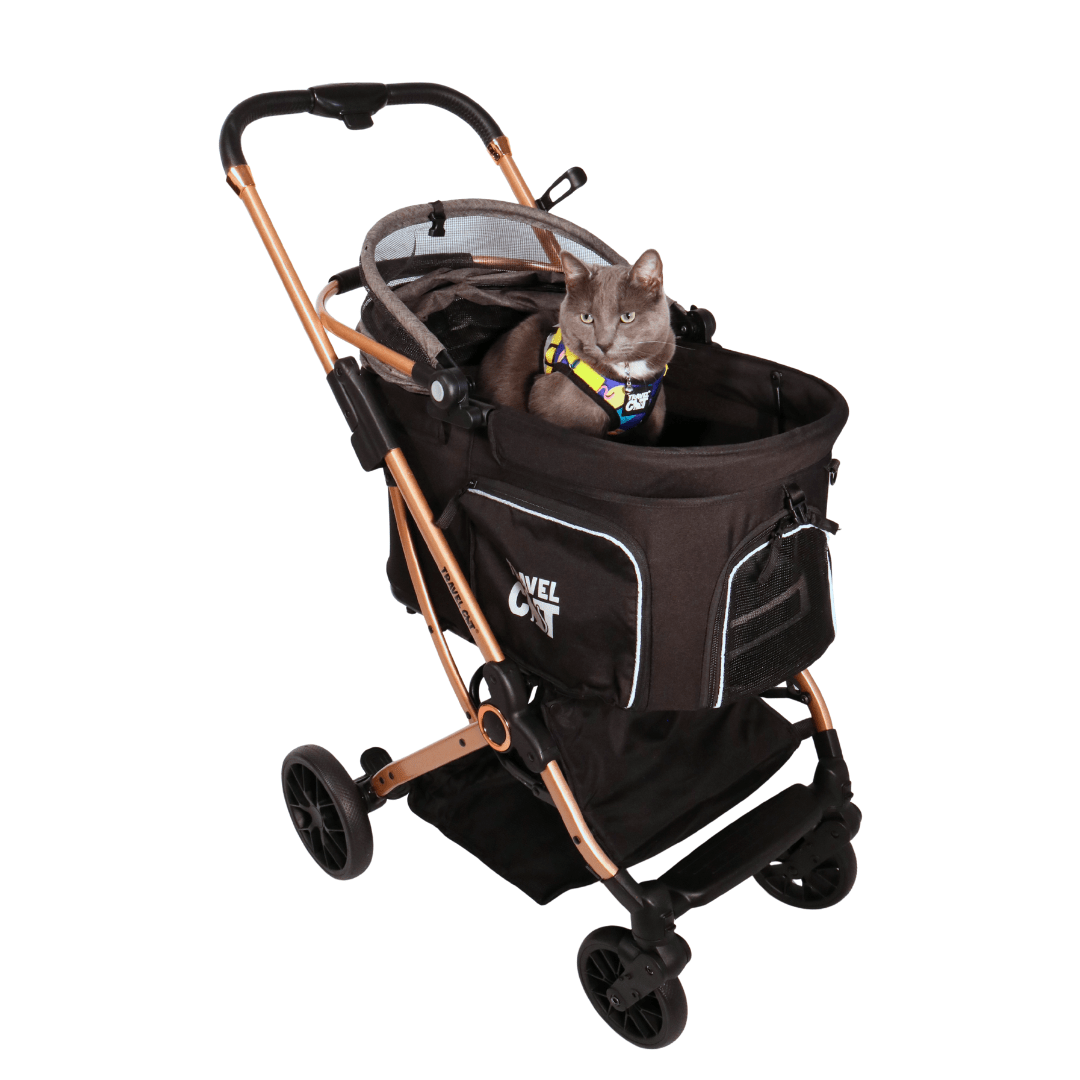
How to Get Your Cat to Love the Stroller
(Without bribes, begging, or betrayal) Let’s face it — cats aren’t known for embracing change. New toys? Suspicious. Rearranged furniture? Offensive. So when it comes to something as bold as a cat ...
Read more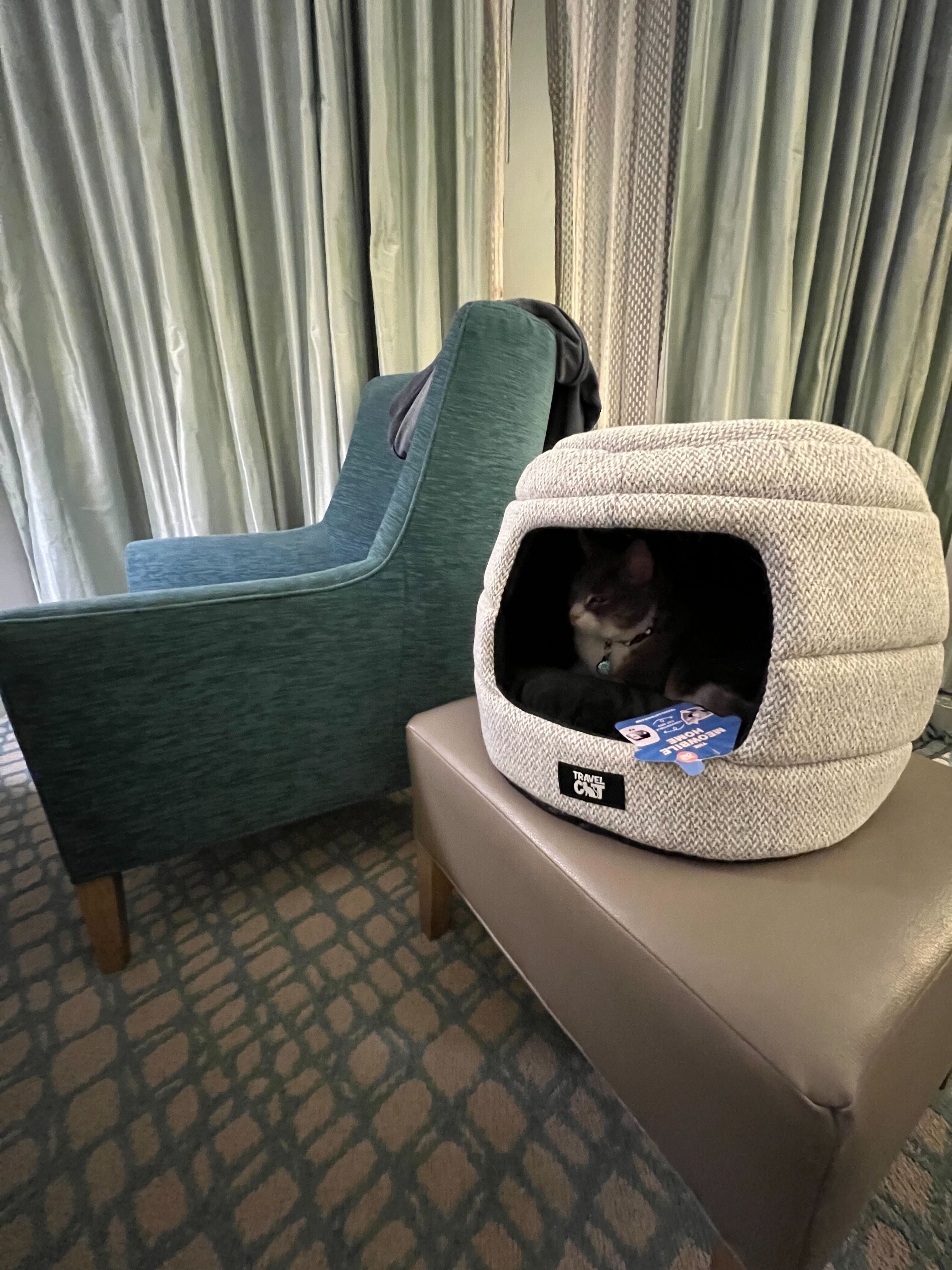
The Ultimate List of Cat-Friendly Hotels in the U.S. - More Than Just Pet-Friendly
Discover the best U.S. hotels that truly welcome cats. From big chains to campsites, this is the ultimate cat-friendly stay guide.
Read more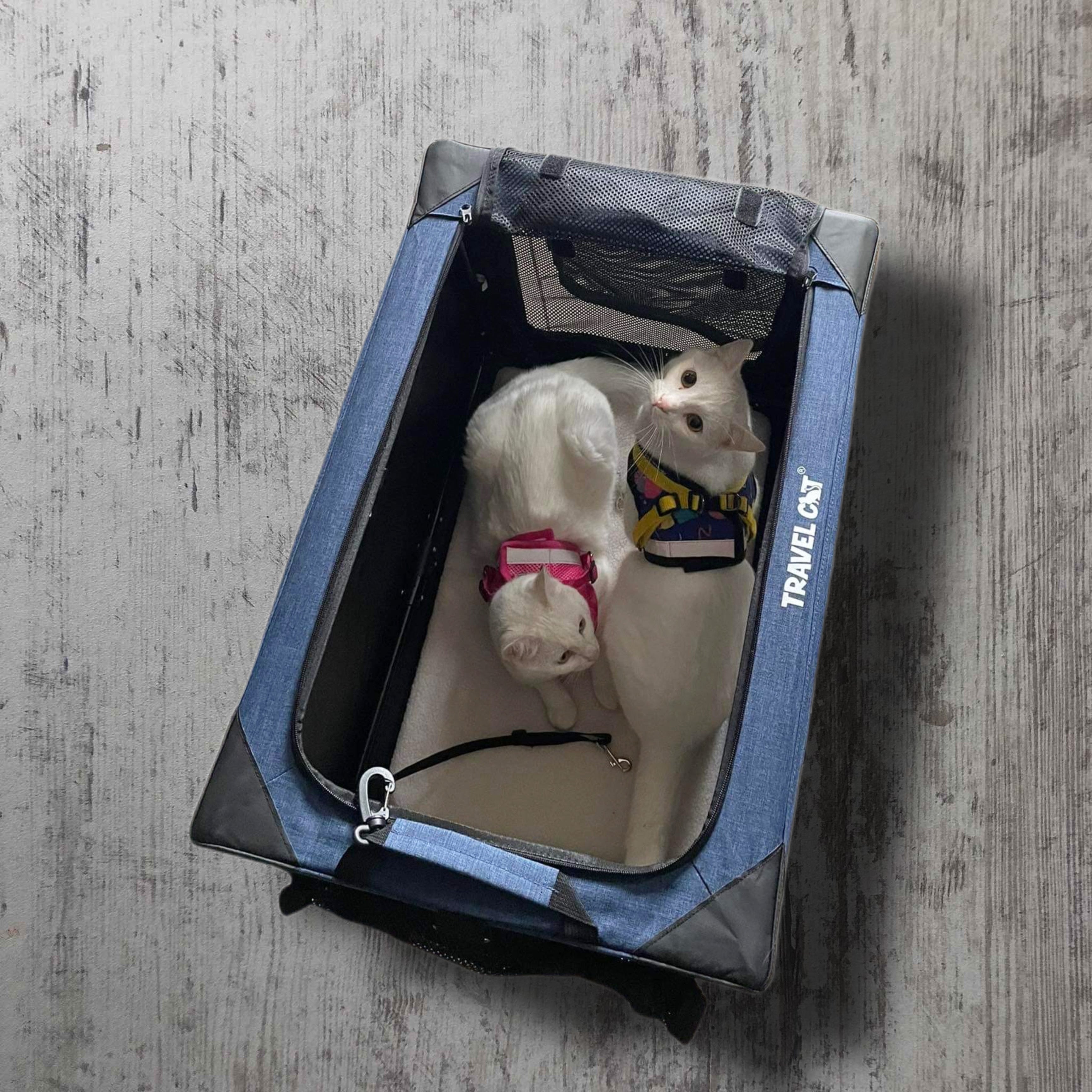
Your Purrfect Guide to Holiday Travel with a Cat: How to Take Your Pet with You Stress-Free
Whether you’re heading home or to a far off vacation, bringing your kitty along can be a challenge. But don’t worry—we’ve put together some trusty tips for traveling with your cat during the holidays.
Read more
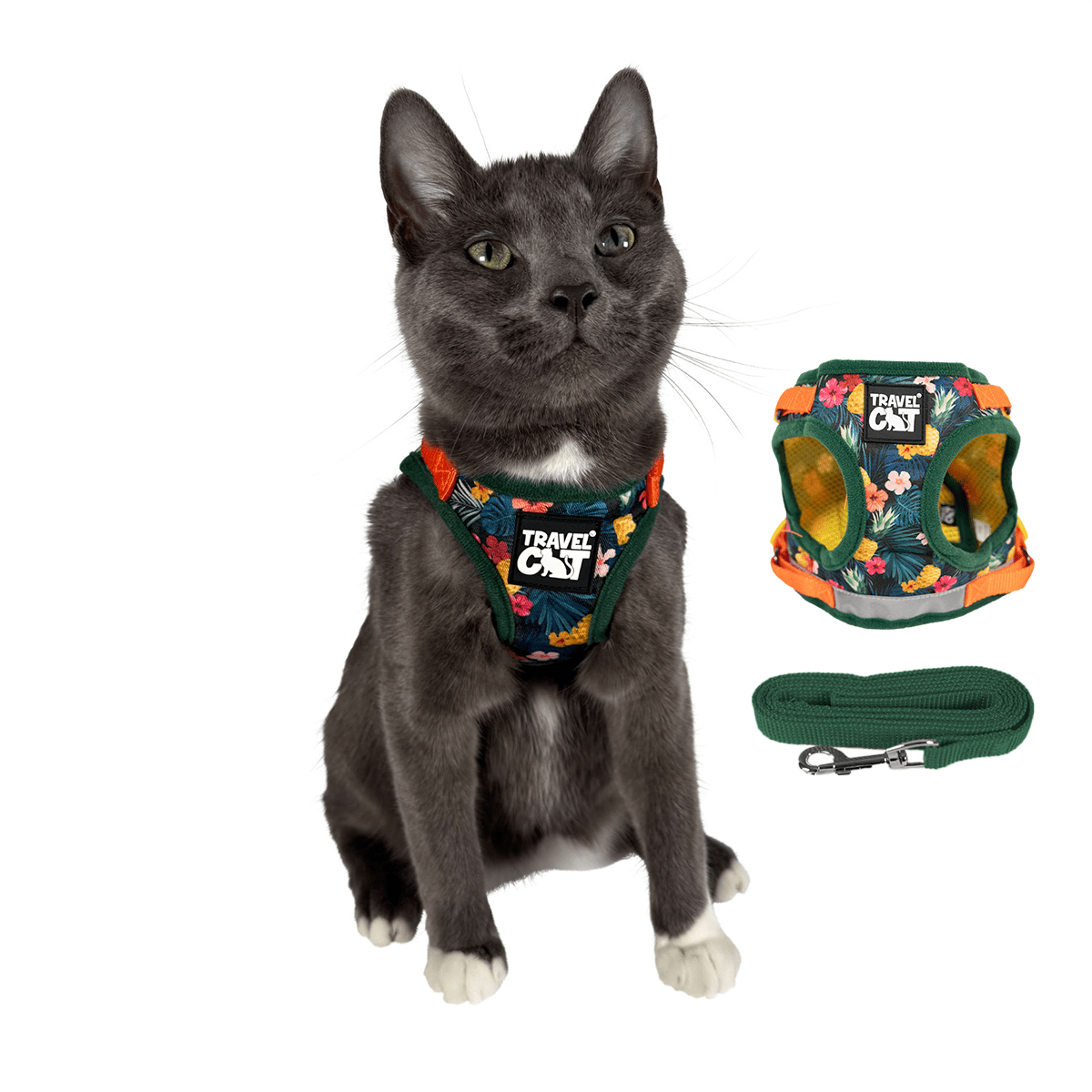
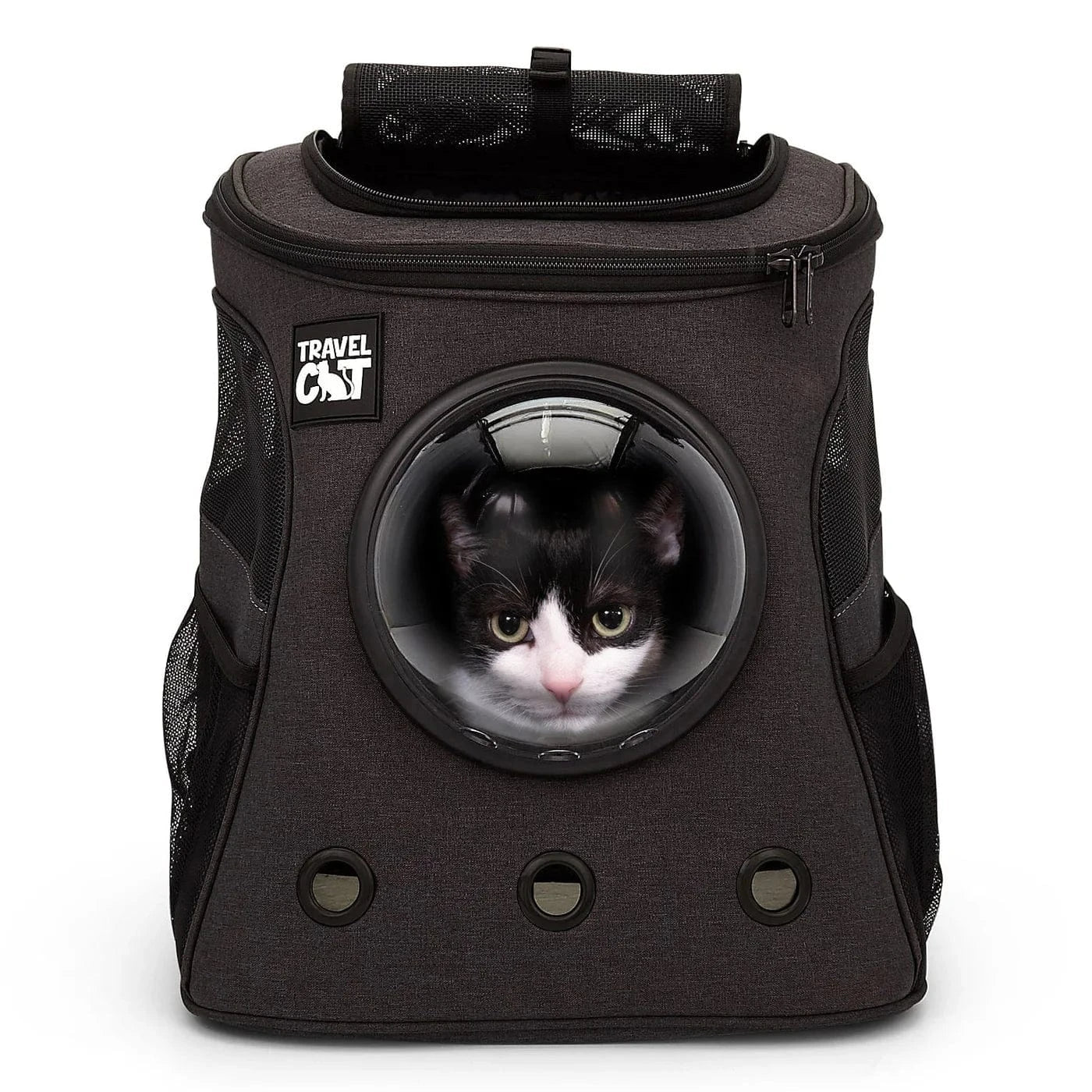
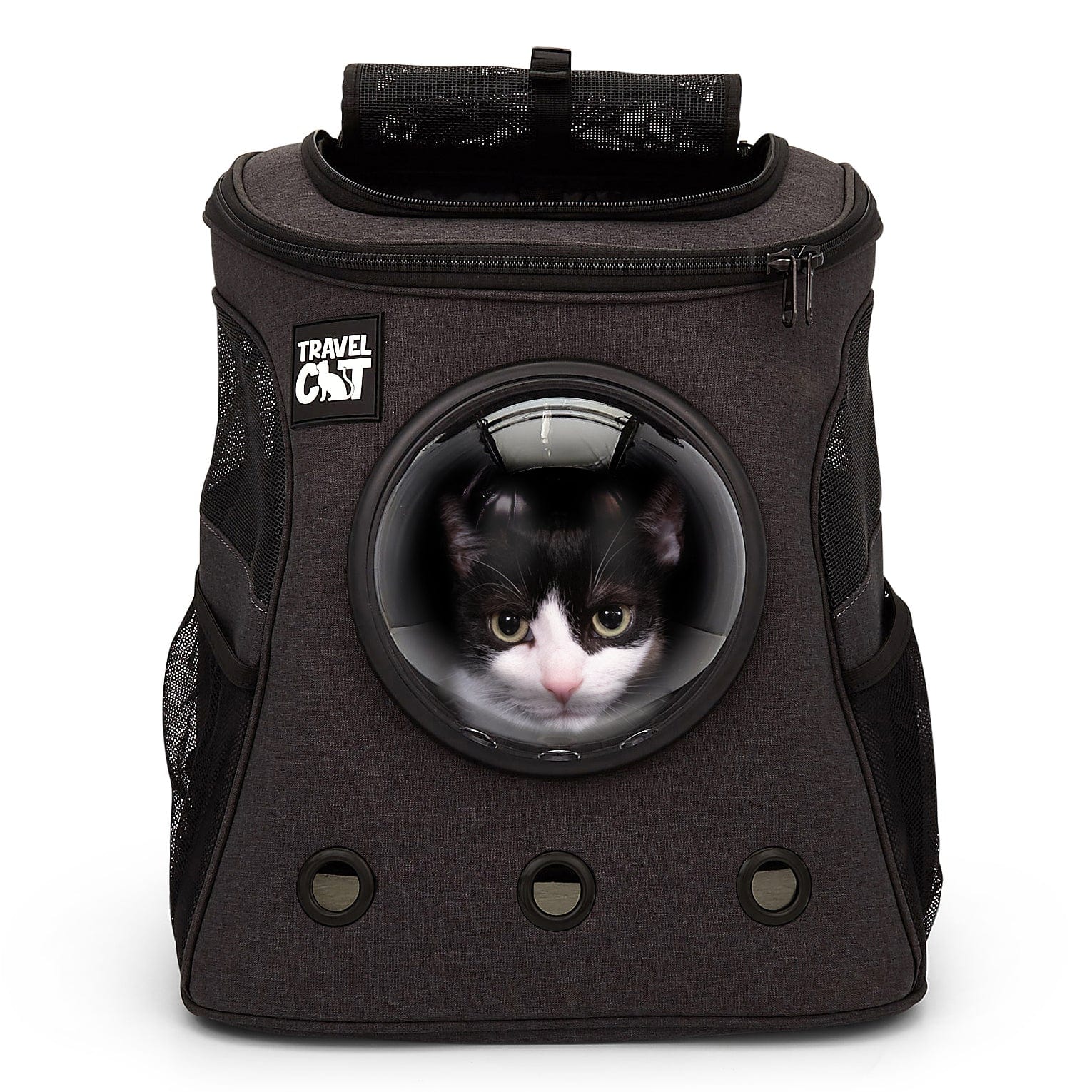
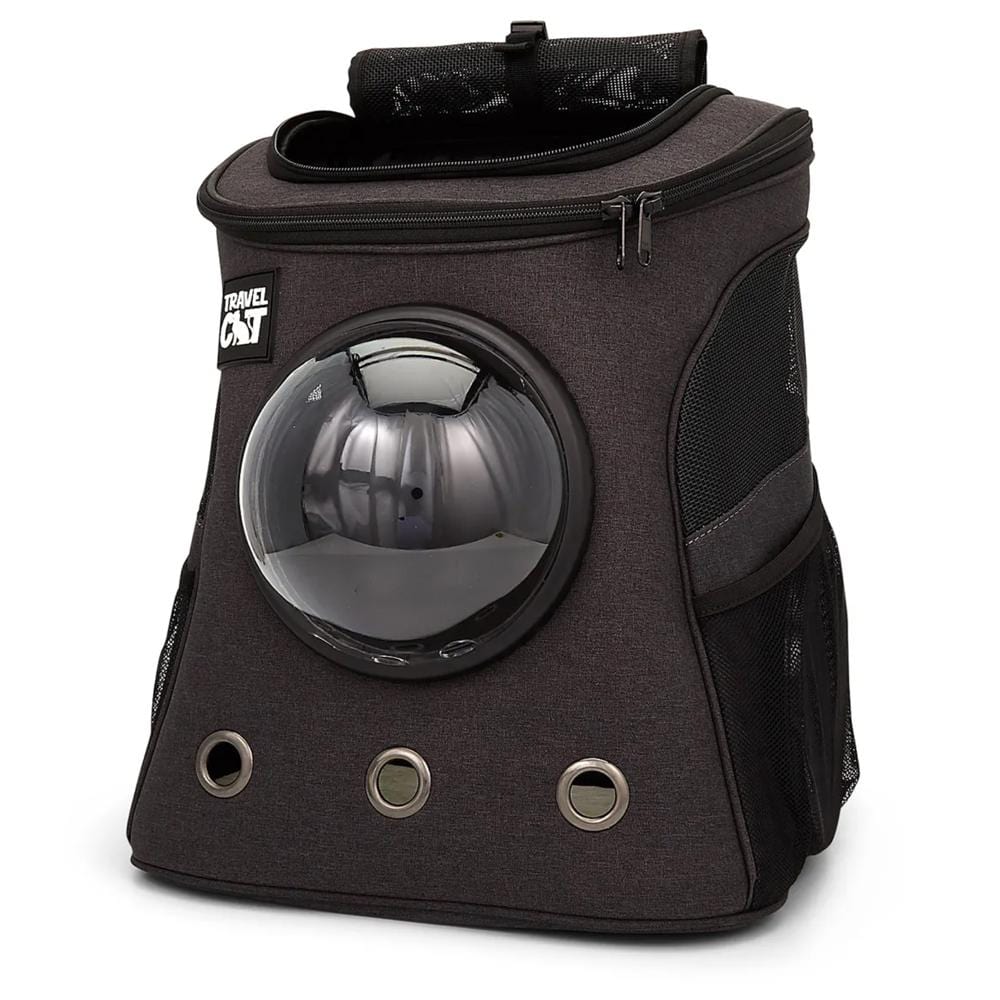
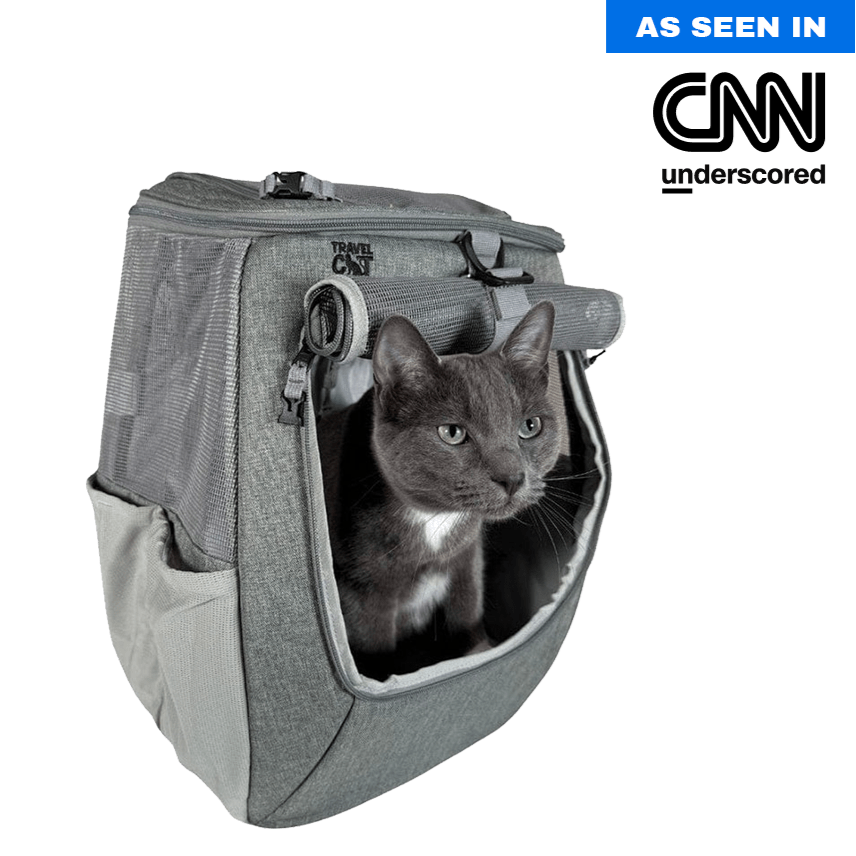

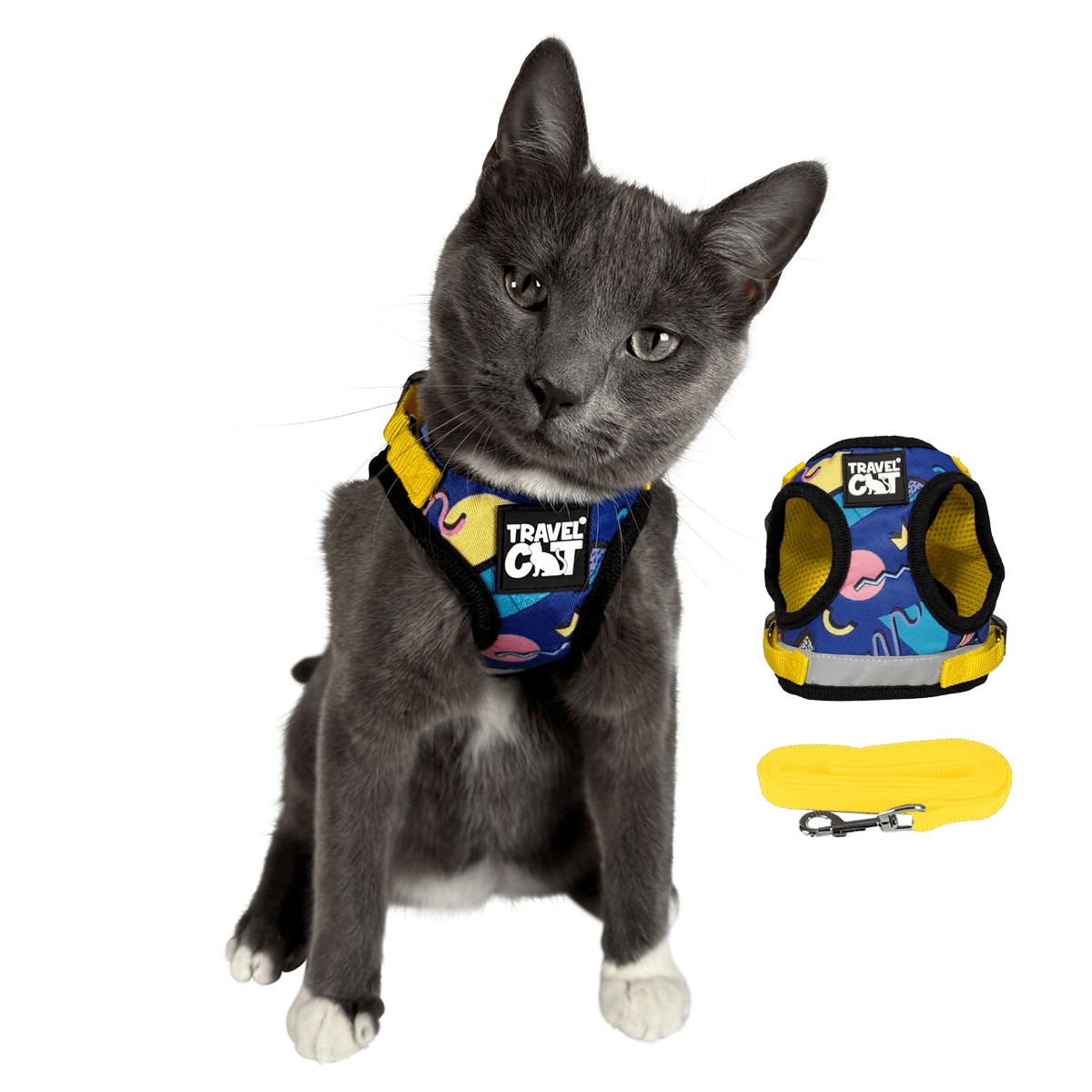
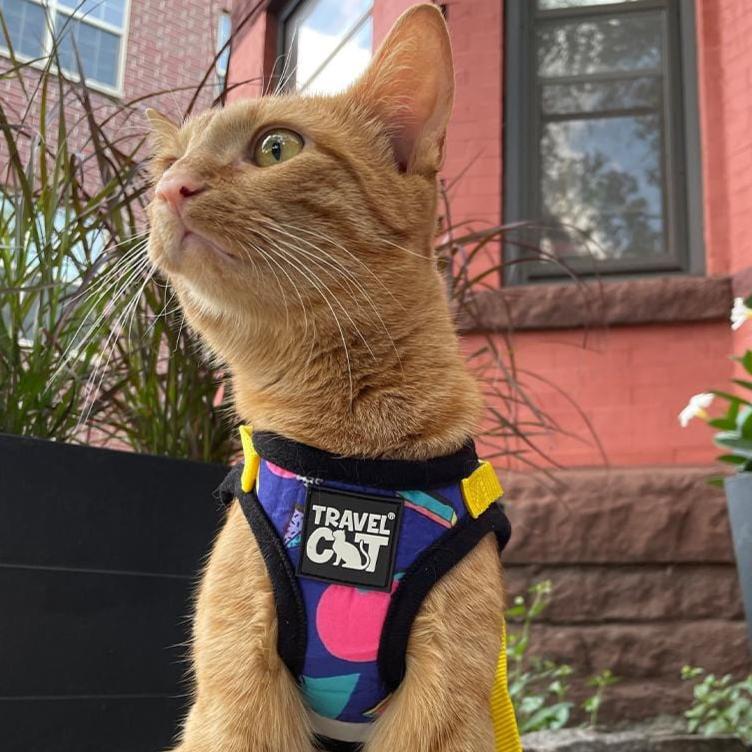
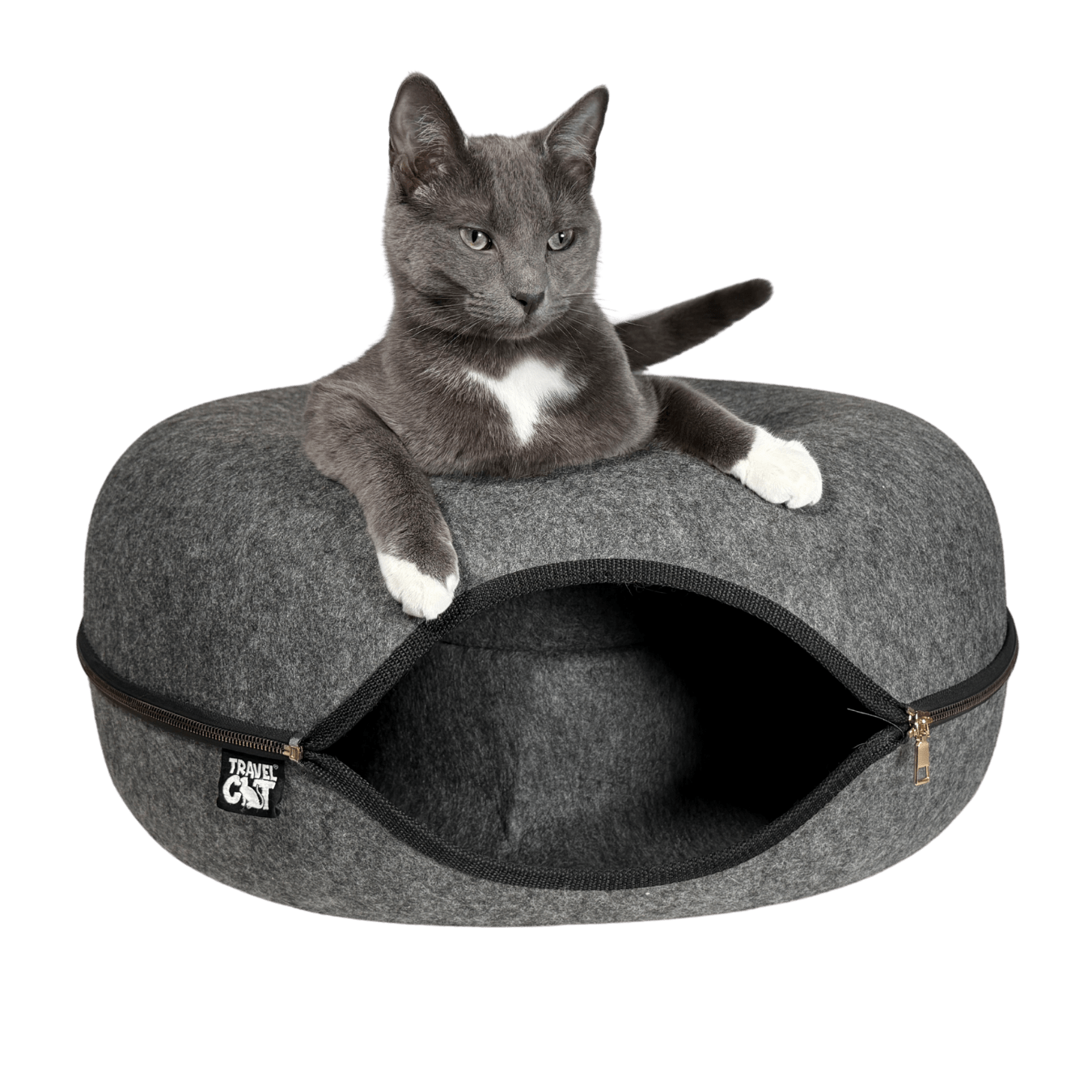
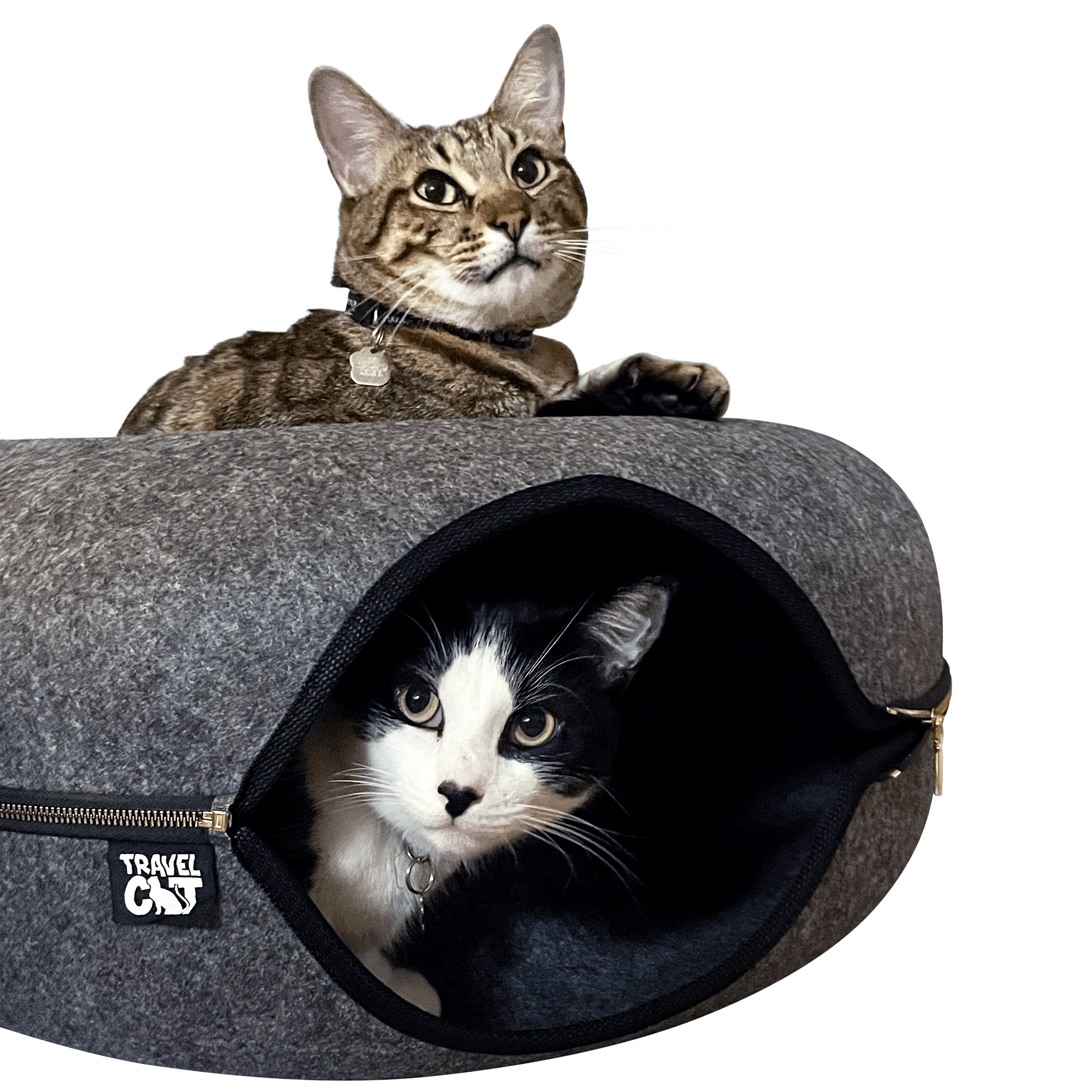

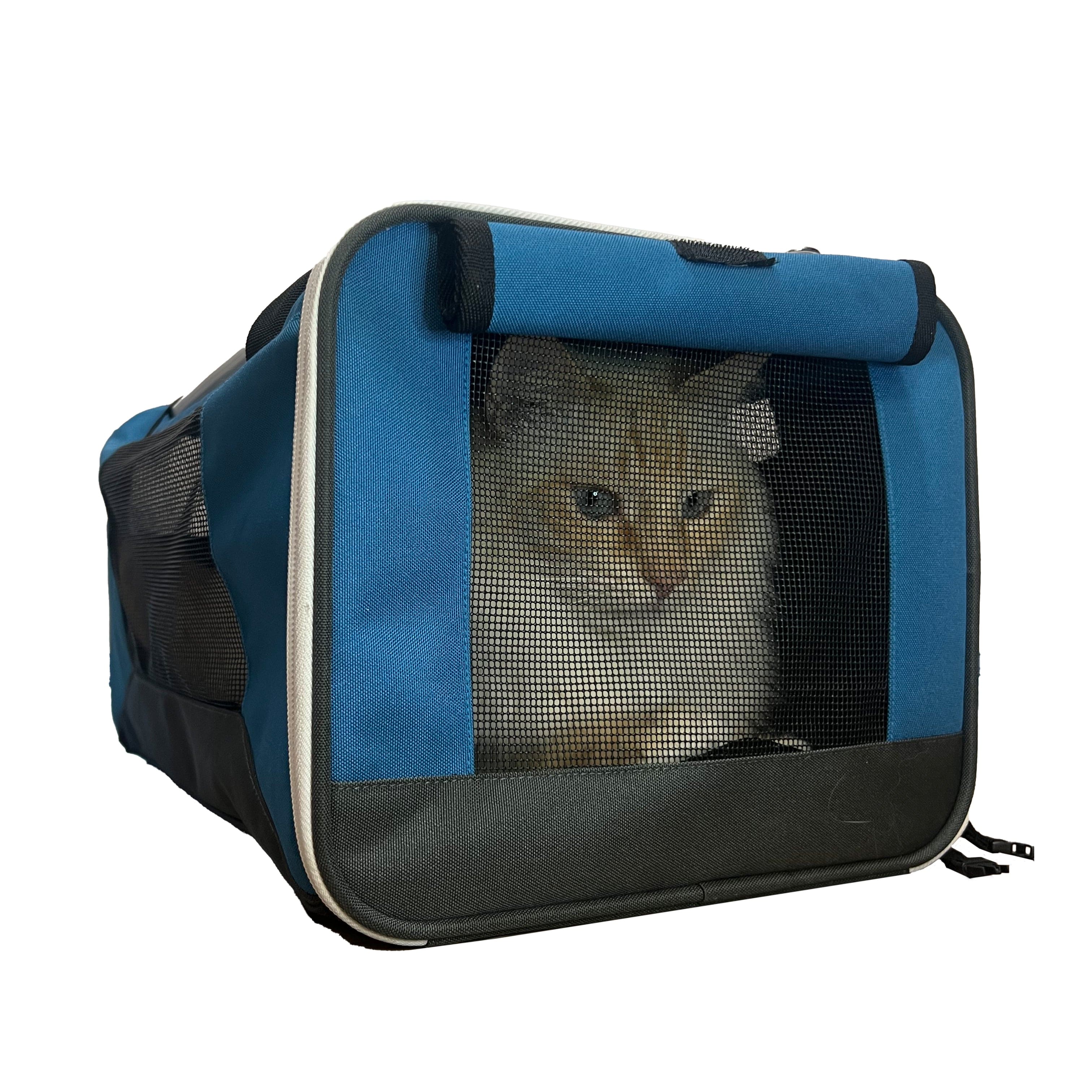
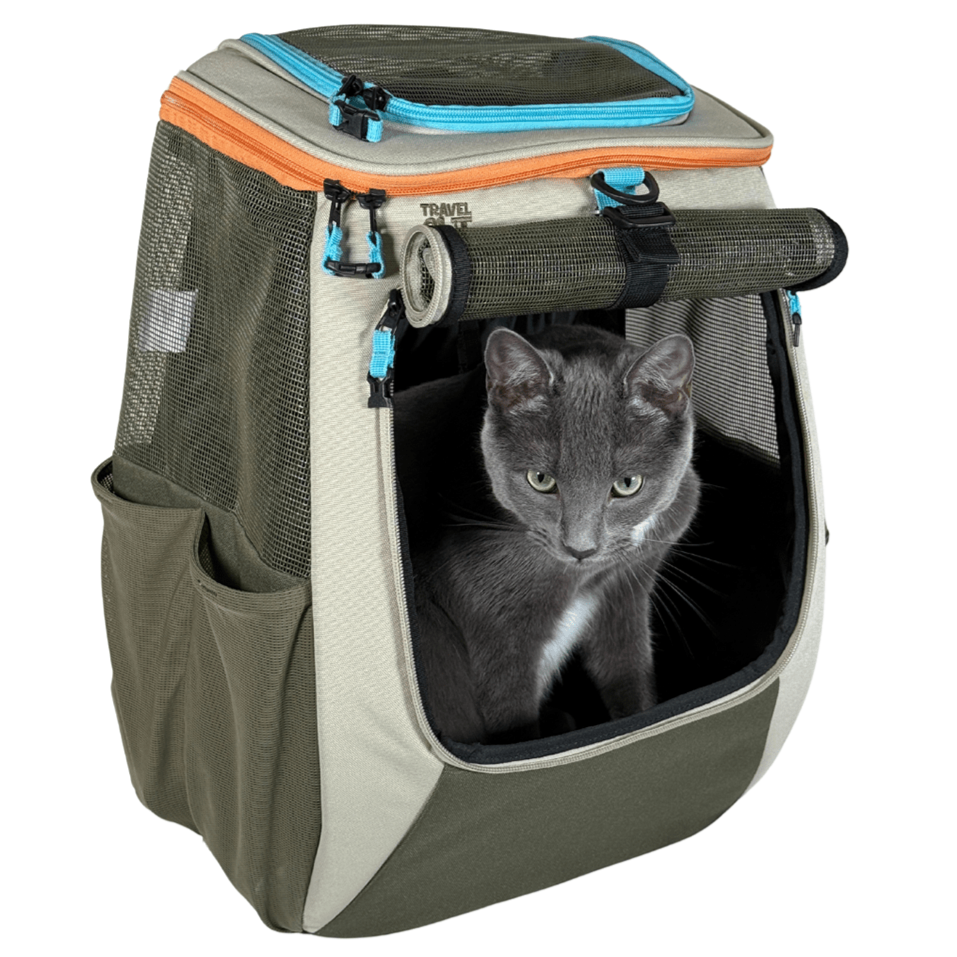
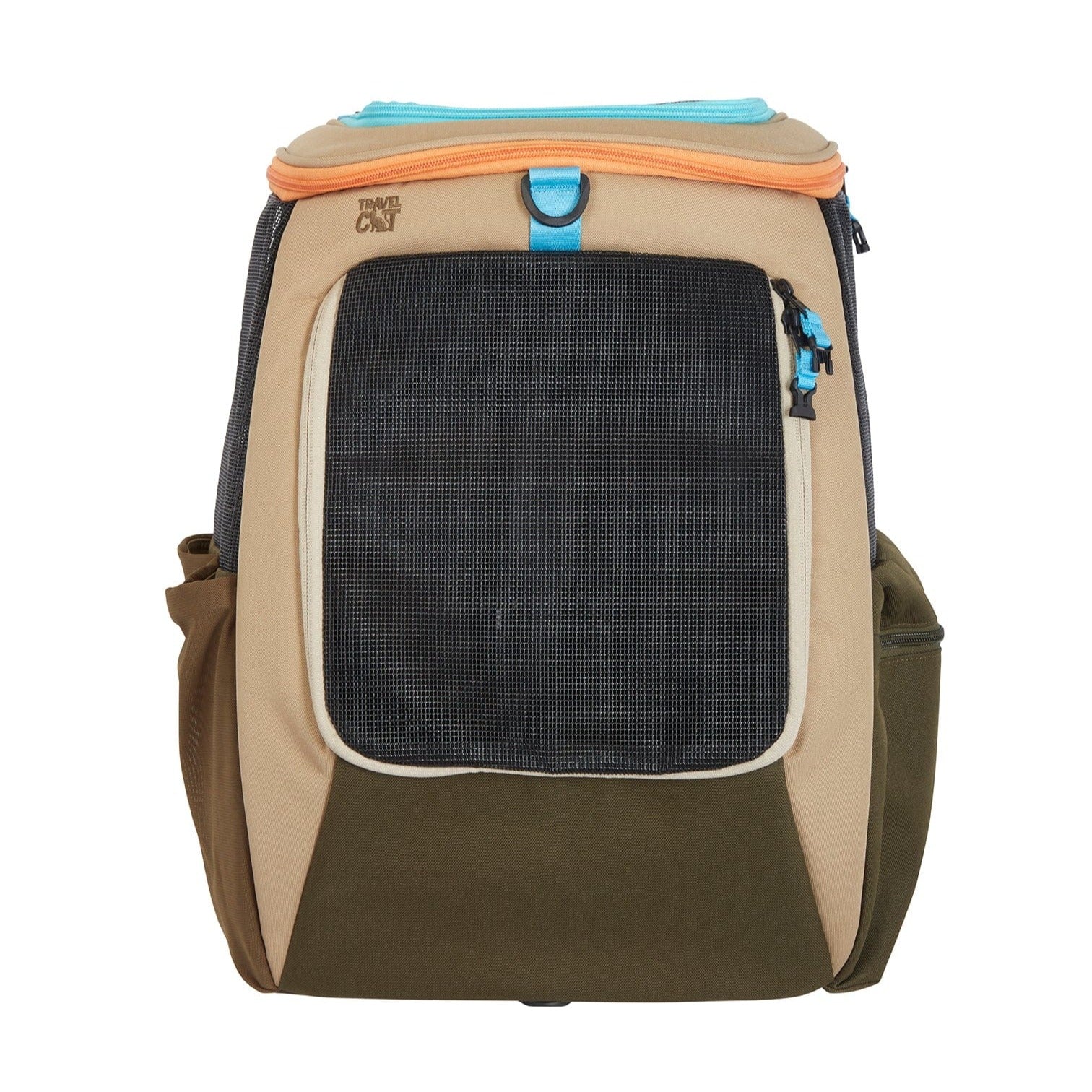


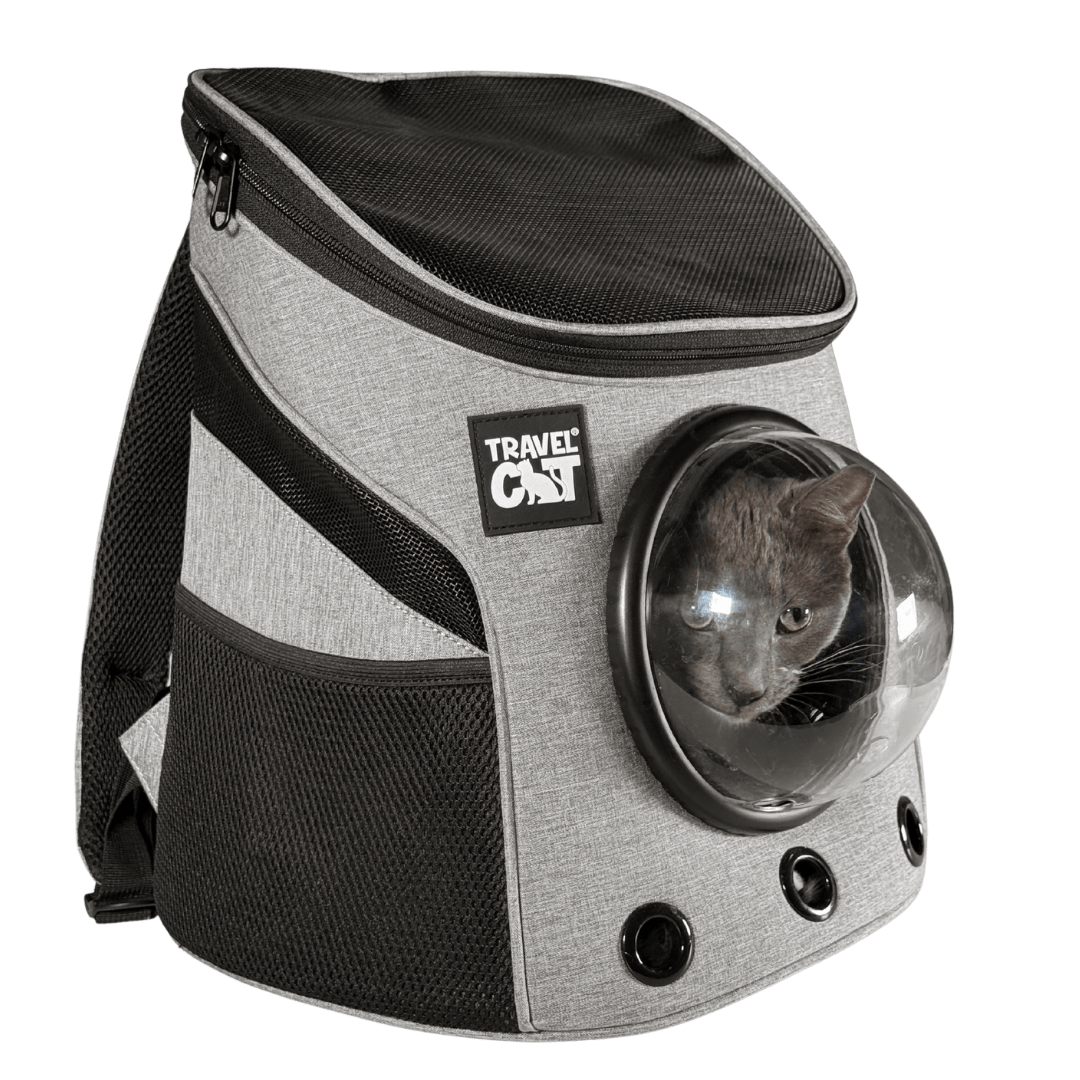

Leave a comment
This site is protected by hCaptcha and the hCaptcha Privacy Policy and Terms of Service apply.